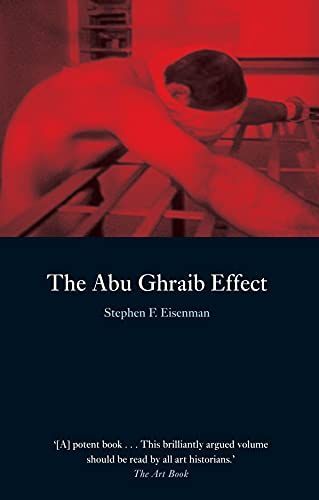
The Abu Ghraib Effect
The photographs of torture at Abu Ghraib prison aroused worldwide condemnation—or did they? Opinion polls showed that most citizens of the United States were unmoved by the images. One reason for this relative lack of a public outcry may be the nature of the Abu Ghraib pictures themselves and what Stephen F. Eisenman terms “the Abu Ghraib effect.” By showing prisoners engaging in sexual acts, Eisenman asserts, the photos make the men look like enthusiastic participants in their own interrogation and torture. Further, these scenes repeat an ancient stereotype: the “pathos formula,” in which victims of war are shown welcoming their own punishment. In this highly original analysis, Eisenman shows the pathos formula at work in the Abu Ghraib photos, and he describes its long history, exploring the motif’s appearance in imperial Greek and Roman Art, in the sculpture and painting of Michelangelo, and in Baroque paintings of saints and martyrs. The author also describes the equally long history of artistic protest against the formula by such diverse artists as William Hogarth, Francisco Goya, Pablo Picasso, Ben Shahn, and Leon Golub. The Abu Ghraib Effect reveals how the pathos formula has dulled public responses to images of torture, and also urges a more effective use of political images in the fight against the so-called “war on terror.” “Eisenman’s concepts and questions constitute a challenging discourse on politics and art.” —Art in America “This brilliantly argued volume should be read by all art historians.”—Art Book “The Abu Ghraib Effect . . . traverses revolutionary terrain in its unraveling of the function of artistic metaphor in the justification of imperialist power.” —Media–Culture Review